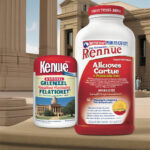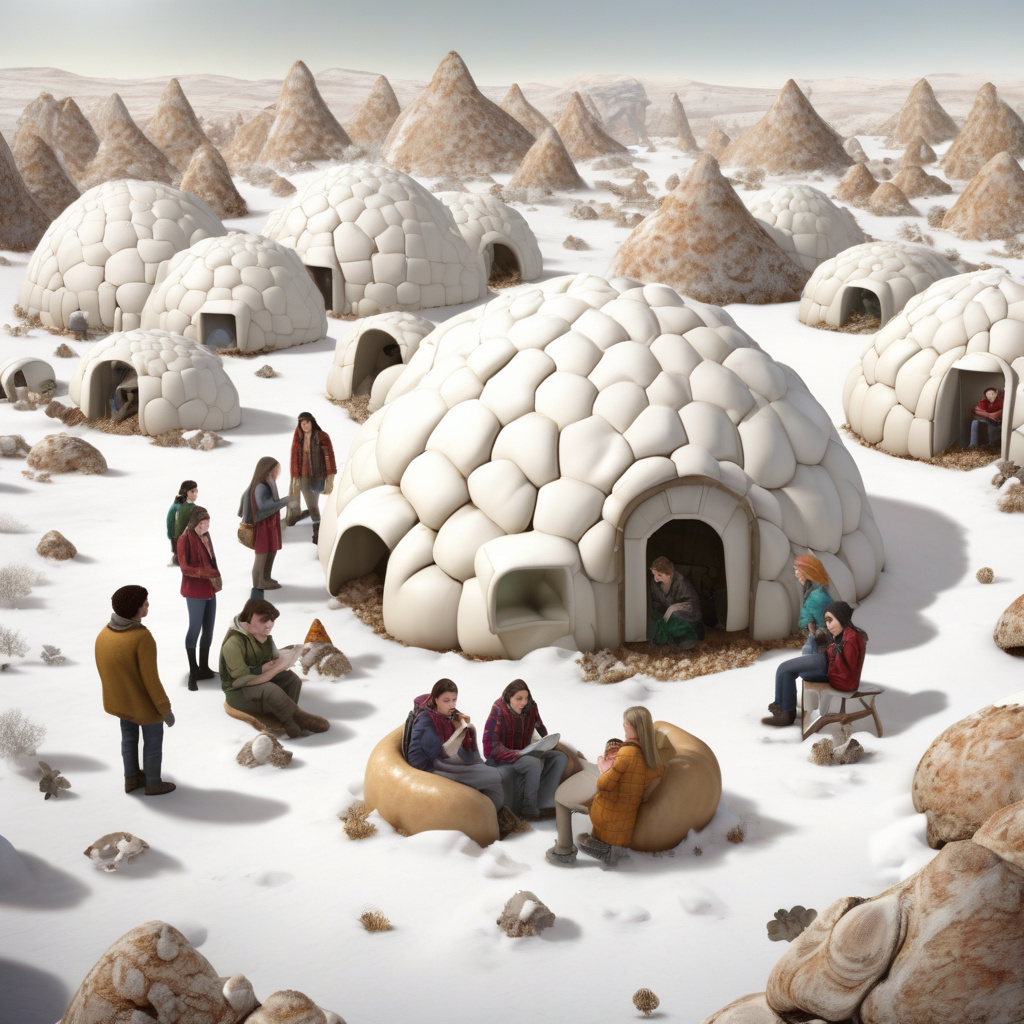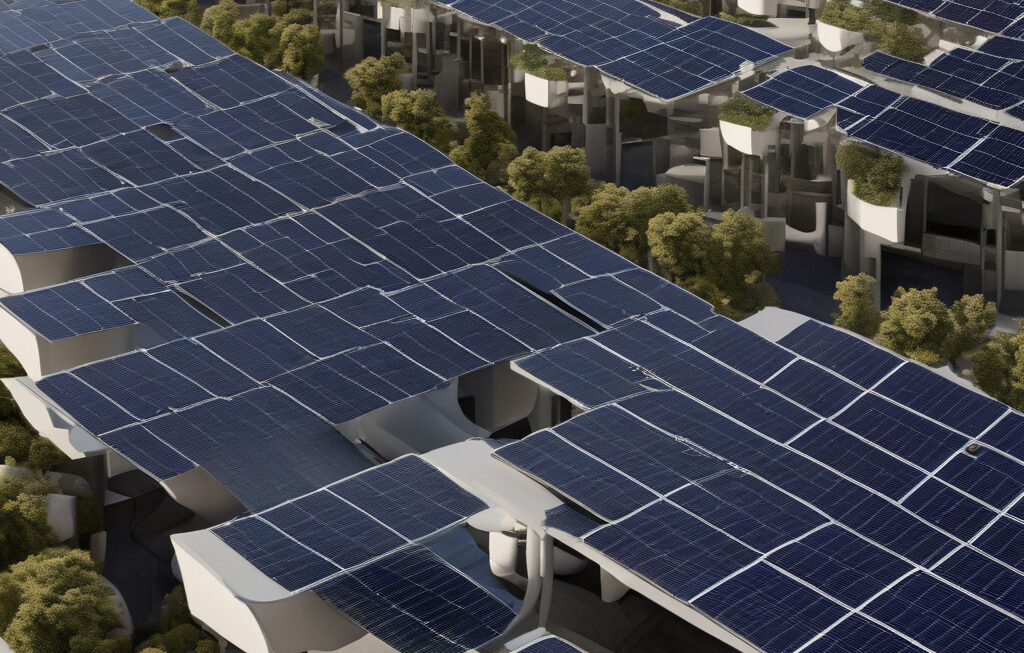MyGlu: German Students Cultivate Mushroom Igloos for Sustainable Shelter Solutions
A group of young students in Germany has developed a sustainable mushroom-based igloo designed for shelter in hot, dry climates. This innovative project, known as MyGlu, showcases the power of creativity and sustainability in addressing pressing global challenges. By harnessing the unique properties of mushrooms, these students are not only providing a practical housing solution but also contributing to environmental conservation efforts.
The concept behind MyGlu is both simple and ingenious. By utilizing mycelium, the root structure of mushrooms, the students have found a way to grow organic, biodegradable igloos that are both sturdy and environmentally friendly. This approach stands in stark contrast to traditional building materials like concrete and steel, which have high carbon footprints and contribute to deforestation.
One of the key advantages of mushroom-based structures is their ability to thrive in diverse climates, making them particularly well-suited for hot and arid regions. Unlike conventional building materials that trap heat, mushroom igloos have natural insulating properties that help regulate internal temperatures, offering a cool refuge from the scorching sun. This natural cooling effect not only enhances comfort but also reduces the need for energy-intensive cooling systems, further lowering the environmental impact of these shelters.
Moreover, the mycelium-based igloos are not only sustainable but also cost-effective. Mushrooms are fast-growing organisms that require minimal resources to cultivate, making them an affordable alternative to traditional building materials. This affordability is crucial for communities facing housing shortages or struggling to recover from natural disasters, where quick and cost-effective shelter solutions are urgently needed.
In addition to their practical benefits, MyGlu igloos also have aesthetic appeal. The organic, curved shapes of the mushroom structures create a harmonious blend with the natural environment, offering a visually pleasing alternative to the stark geometries of conventional architecture. This integration of design and sustainability demonstrates the students’ holistic approach to innovation, where functionality and beauty go hand in hand.
The MyGlu project exemplifies the power of interdisciplinary collaboration in driving positive change. By bringing together expertise from fields such as biology, architecture, and sustainability, the students have been able to push the boundaries of traditional thinking and explore new possibilities for sustainable living. This cross-pollination of ideas not only enriches the project but also serves as a model for future innovation in sustainable design.
As the global climate crisis escalates and traditional building practices come under scrutiny for their environmental impact, initiatives like MyGlu offer a beacon of hope. By harnessing nature’s own resources and applying innovative thinking, we can create a more sustainable future for generations to come. The MyGlu project reminds us that solutions to complex challenges are often found in the most unexpected places, waiting to be discovered by those willing to think outside the box.
In conclusion, MyGlu represents a groundbreaking step towards sustainable shelter solutions that prioritize environmental conservation, affordability, and resilience. The mushroom-based igloos developed by these German students offer a glimpse into a future where innovation and sustainability go hand in hand, providing a blueprint for a more harmonious relationship between humanity and the natural world.
#Sustainability, #Innovation, #MushroomBuilding, #EnvironmentalConservation, #FutureLiving











